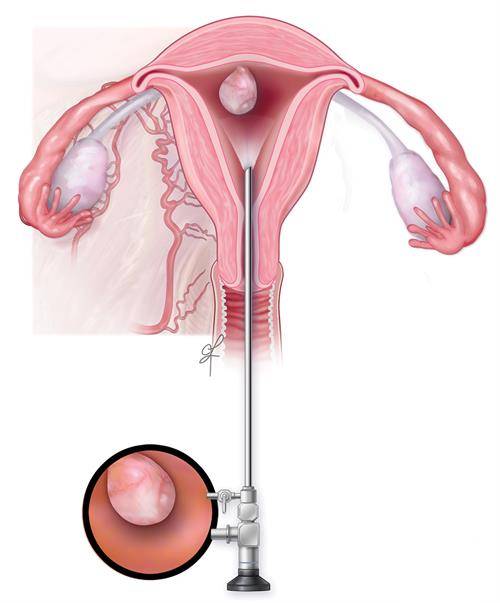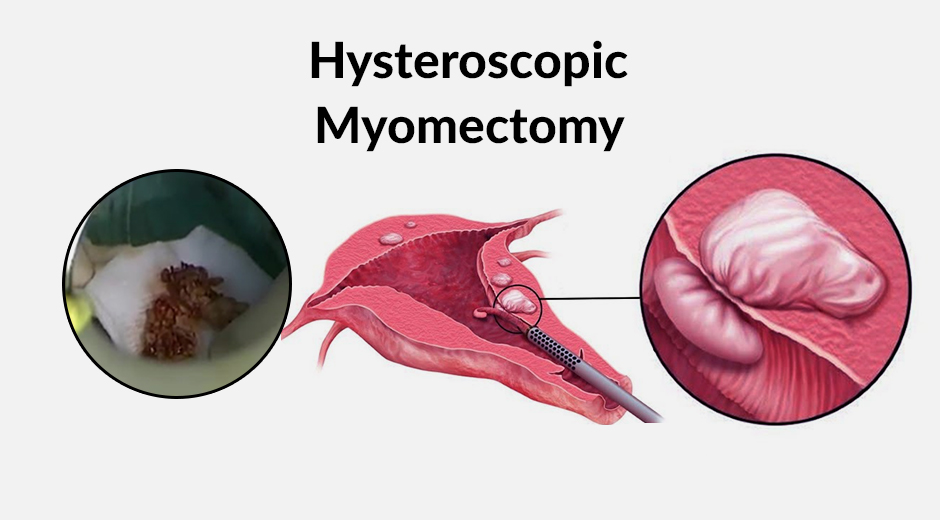Total Laparoscopic Hysterectomy (TLH) is performed for various medical reasons when there is a need to remove the uterus. Some common indications for TLH include:
- Uterine Fibroids: TLH may be recommended to remove the uterus when uterine fibroids (noncancerous growths in the uterus) cause significant symptoms such as heavy menstrual bleeding, pelvic pain, and pressure on nearby organs. TLH can be an effective way to address fibroid-related issues while preserving the ovaries in some cases.
- Endometriosis: Women with endometriosis, a condition where the tissue lining the uterus grows outside the uterus, may require TLH when conservative treatments have been ineffective, and the condition causes severe pain or fertility issues.
- Adenomyosis: Adenomyosis is a condition in which the tissue lining the uterus (endometrial tissue) grows into the muscular wall of the uterus. TLH may be recommended if adenomyosis results in painful menstruation or abnormal uterine bleeding.
- Abnormal Uterine Bleeding: Chronic and heavy menstrual bleeding that does not respond to other treatments may lead to the recommendation for TLH to alleviate these symptoms.
- Chronic Pelvic Pain: In cases where chronic pelvic pain cannot be managed with conservative treatments and the pain is believed to be originating from the uterus, TLH may be considered.
- Gynecologic Cancers: TLH can be used as a treatment option for certain gynecologic cancers, such as early-stage endometrial cancer. The extent of the surgery may vary based on the type and stage of cancer.
- Prolapse: If the uterus has prolapsed (shifted out of its normal position) and is causing discomfort or other complications, TLH may be recommended to address the prolapse.
- Family Planning: Some women choose TLH as a permanent method of contraception (hysterectomy for sterilization) when they no longer wish to have children.
- Other Gynecologic Issues: TLH can be considered for other gynecologic issues or conditions, such as large ovarian cysts, certain cases of chronic pelvic inflammatory disease (PID), and complications related to previous uterine surgeries.
It’s important to note that TLH is a major surgical procedure and should be considered carefully after a thorough evaluation by a healthcare provider. The decision to undergo TLH depends on various factors, including the patient’s overall health, specific medical condition, symptoms, and individual treatment goals. The choice of whether to remove the ovaries (oophorectomy) during TLH is also a significant consideration and is typically discussed between the patient and their healthcare provider.
If you wish to discuss any specific problem, you can consult with Dr. Neha Lalla – Gynaecologist in Dubai.




